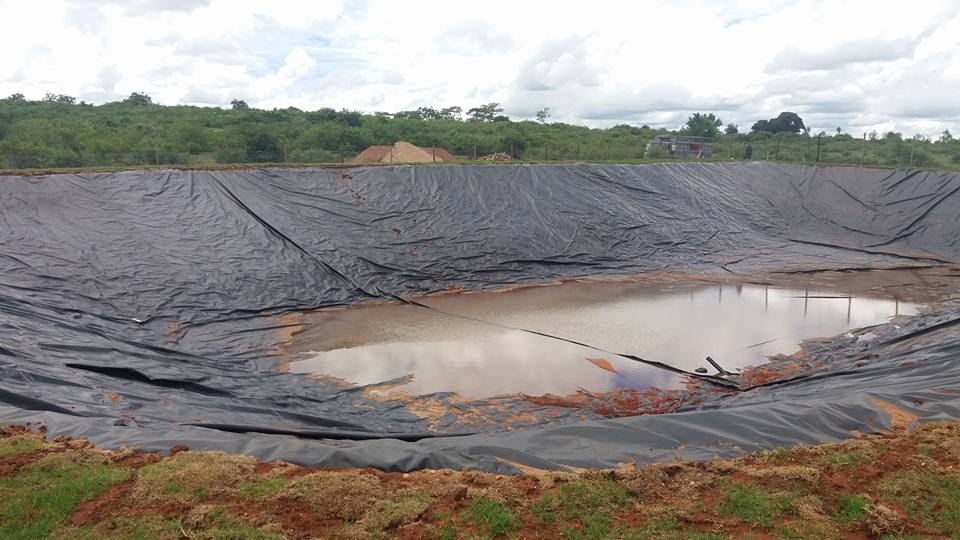When it comes to selecting materials for environmental protection and containment systems, HDPE geomembranes stand out due to their impressive properties. High-Density Polyethylene (HDPE) geomembranes are synthetic liners designed to manage and contain liquids and gases in various applications, from landfills to mining operations. In this blog post, we’ll delve into the key properties of HDPE geomembranes and explore how they contribute to their effectiveness in environmental engineering.
What is HDPE Geomembrane?
HDPE geomembranes are thick plastic sheets made from high-density polyethylene. They are commonly used as barriers in environmental projects to prevent contamination and manage water or waste. Their durability and chemical resistance make them a preferred choice for many applications.
Key Properties of HDPE Geomembranes
- Chemical Resistance HDPE geomembranes offer exceptional resistance to a wide range of chemicals, including acids, bases, and hydrocarbons. This property is crucial for applications involving hazardous waste or aggressive substances. The ability to resist chemical degradation ensures long-term performance and reliability. Learn more about HDPE geomembrane chemical resistance.
- Durability and Strength HDPE geomembranes are known for their mechanical strength and durability. They can withstand harsh environmental conditions, including extreme temperatures and physical stress. The material’s resistance to punctures, tears, and impacts makes it suitable for demanding applications. Explore the durability of HDPE geomembranes.
- Flexibility and Conformability Despite their strength, HDPE geomembranes are flexible and can conform to various surface shapes and contours. This flexibility allows for easier installation and better coverage of irregular surfaces, ensuring effective containment and protection. Find out about the flexibility of HDPE geomembranes.
- UV Resistance HDPE geomembranes are engineered to resist degradation from ultraviolet (UV) radiation. This property is essential for applications exposed to sunlight, as it helps maintain the geomembrane’s integrity and performance over time. Read more about UV resistance in HDPE geomembranes.
- Low Permeability One of the most critical properties of HDPE geomembranes is their low permeability. They effectively prevent the passage of liquids and gases, which is vital for controlling leaks and protecting groundwater and soil from contamination. Understand the low permeability of HDPE geomembranes.
- Environmental Impact HDPE geomembranes are environmentally friendly in terms of both their manufacturing process and their long-term impact. They are recyclable and can be reused in various applications, contributing to sustainable practices in construction and environmental management. Learn about the environmental impact of HDPE geomembranes.
Applications of HDPE Geomembranes
HDPE geomembranes are versatile and used in numerous applications, including:
- Landfills: To contain leachate and prevent groundwater contamination.
- Mining: For tailings and heap leach pads to manage ore processing waste.
- Water Reservoirs: To line and seal reservoirs and ponds.
- Wastewater Treatment: To create barriers in treatment facilities.
Conclusion
The properties of HDPE geomembranes make them a valuable component in environmental protection and management systems. Their chemical resistance, durability, flexibility, UV resistance, and low permeability ensure that they perform effectively across a range of demanding applications. For more detailed information, visit the linked resources above and explore how HDPE geomembranes can meet your specific needs.
By understanding the key properties of HDPE geomembranes, you can make informed decisions about their use in your projects, ensuring optimal performance and environmental protection.
Feel free to share this post with anyone who might benefit from understanding the properties of HDPE geomembranes, and don’t hesitate to reach out if you have any questions or need further information!
Originally posted 2024-08-09 13:23:00.

